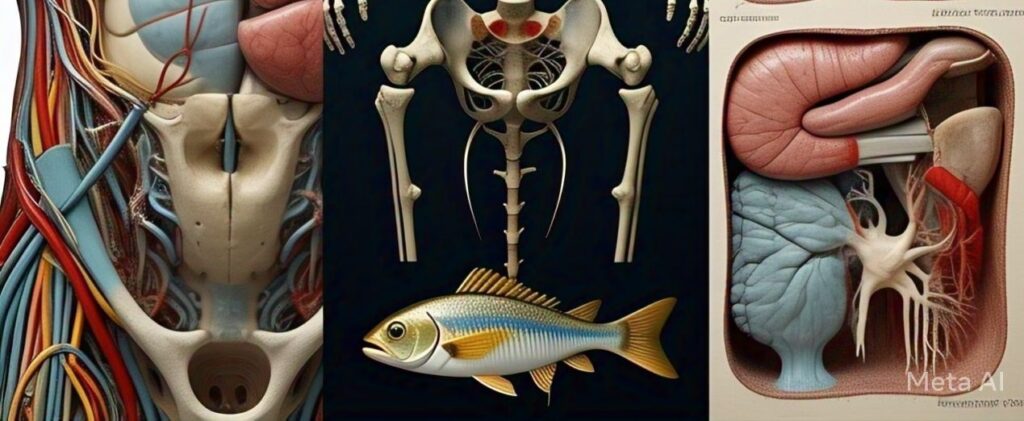Subtopic: Level of organisation

Levels of Organization in Animalia
MULTICELLULARITY: All members of Animalia are multicellular.
However, the organization of these cells varies significantly.
CELLULAR LEVEL OF ORGANIZATION:
Example: Sponges
Description: Cells are arranged as loose aggregates. There is some division of labor among cells, but no true tissues are formed.
TISSUE LEVEL OF ORGANIZATION:
Example: Coelenterates (e.g., jellyfish, corals)
Description: Cells performing similar functions are grouped together to form tissues.
This represents a more complex organization than the cellular level.
ORGAN LEVEL OF ORGANIZATION:
Example: Platyhelminthes (flatworms) and other higher phyla
Description: Tissues are organized into organs, each specialized for a particular function. This is a more complex level than the tissue level.
ORGAN SYSTEM LEVEL OF ORGANIZATION:
Example: Annelids (segmented worms), Arthropods (insects, crustaceans), Molluscs (snails, clams), Echinoderms (starfish, sea urchins), and Chordates (vertebrates)
Description: Organs are associated to form functional systems, each responsible for a specific physiological function (e.g., digestive system, circulatory system, respiratory system). This is the highest level of organization in animals.
NOTE: Organ systems exhibit varying degrees of complexity across different animal groups.
For example, the digestive system of a flatworm is simpler than the digestive system of a mammal.
